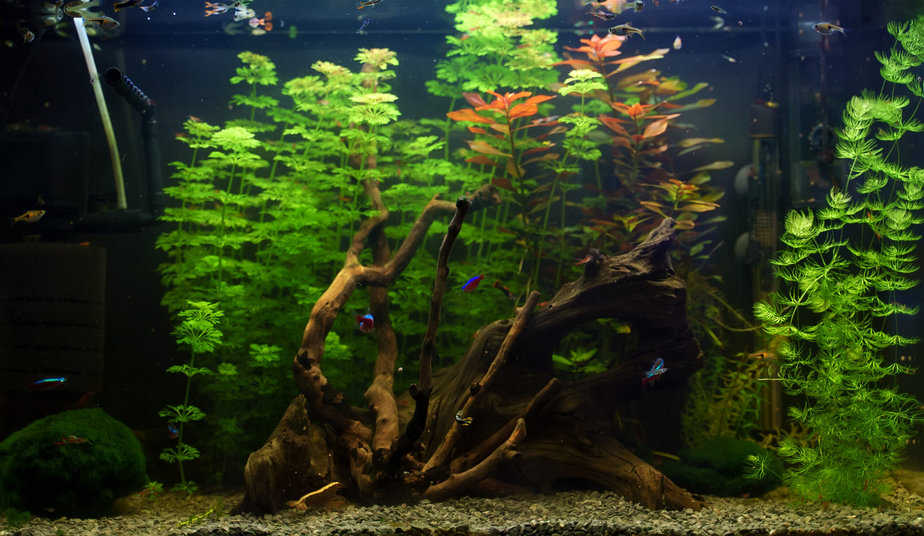Your ultimate aquarium resource
Everything you need to know about creating and maintaining your aquarium
Everything you need to know about creating and maintaining your aquarium

Struggling to keep your aquatic plants alive? Or are you getting ready to set up your first planted tank? If so, enroll in my Free 5-Part Email Course on keeping live aquatic plants!




There's a lot to learn about taking care of a fish tank, and we're here to help. Do you have specific aquarium-related questions about cleaning, water treatment, or problems with your aquarium?

Hi, and welcome to my website! My name is Bart Sprenkels and I have been running Aquarium Genius since January 2019!
My passion for fish tanks started because of my grandfather, who has a stunning planted tank.
This site, together with the other channels, is where I share everything I've learned over the years.
Do you want to learn more about your aquarium?
Here are your options, pick your poison!
On Youtube you can see what tanks I had over the years. And the podcast is a great way to enjoy our hobby while you're commuting or doing some a water change.